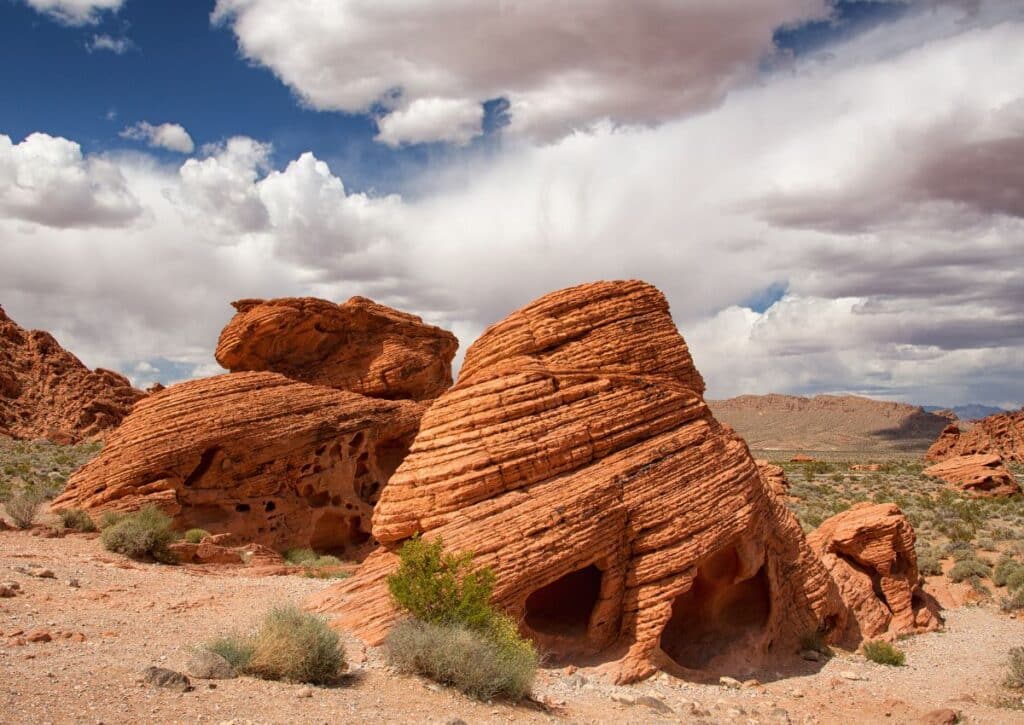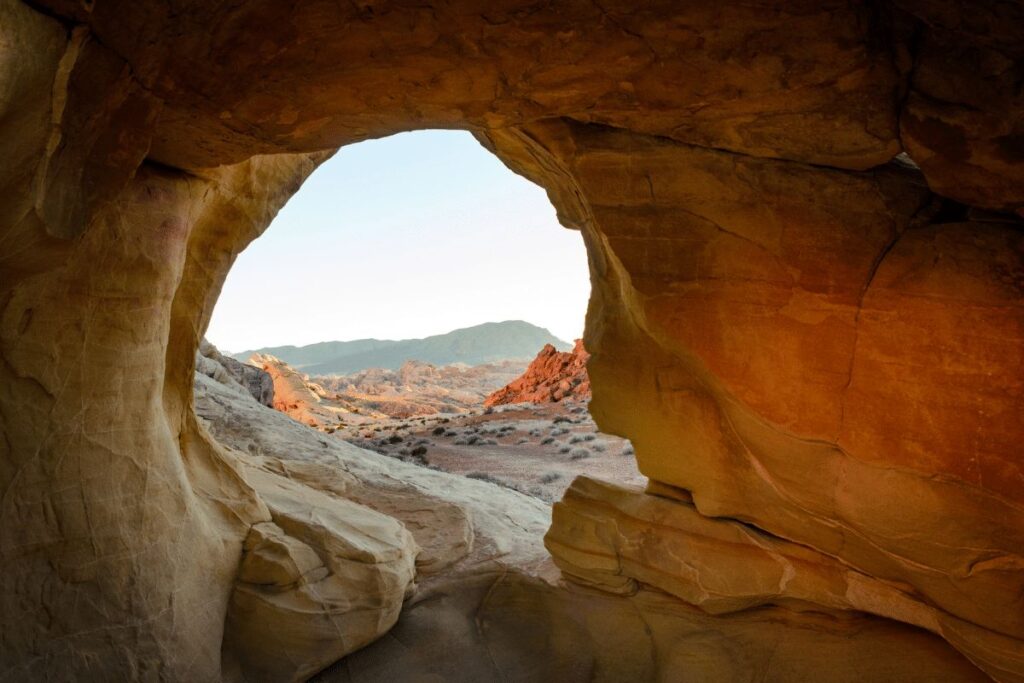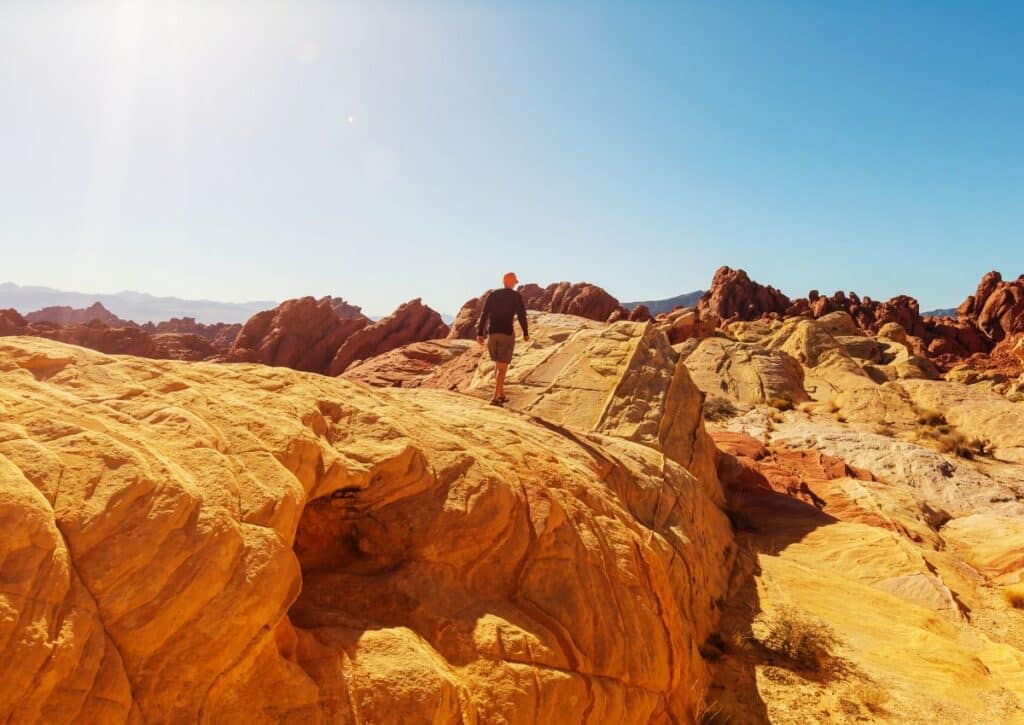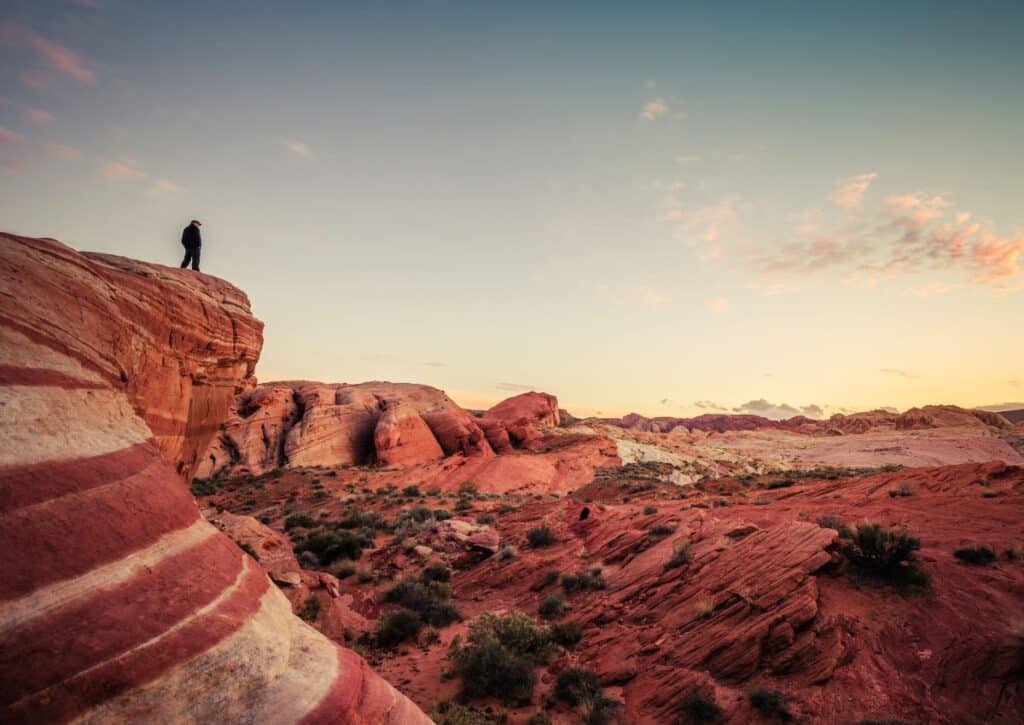Explore the Beehives in the Valley of Fire State Park: Your Ultimate Guide to Hiking, Photography, and Wildlife in Nevada's Geologic Wonder.
Ready for an adventure that’s literally set in stone? Just an hour’s drive from the neon buzz of Las Vegas lies a natural spectacle that defies the ordinary: the Beehives in Valley of Fire State Park.
The Beehives are a geological puzzle piece from an ancient world, waiting for you to discover their secrets. This guide is your trusty compass to navigating the craggy beauty of the Beehives—where to find them, the trails that will lead you there, and the little details that make the journey unforgettable.
Whether you’re a seasoned hiker or just looking to infuse your weekend with a dash of the great outdoors, the Beehives offer a slice of the wild that’s just a stone’s throw from the city’s hustle.
Gear up and let’s get rolling—your outdoorsy escape to the Valley of Fire’s iconic beehives begins here!
Getting to the Beehives
Buckle up, adventurers! Your quest to witness the awe-inspiring Beehives at Valley of Fire State Park is about to kick off.
Starting from the neon lights of Las Vegas, you’re only an hour’s drive away from these natural wonders. So, grab your favorite road trip snacks and hit the road!
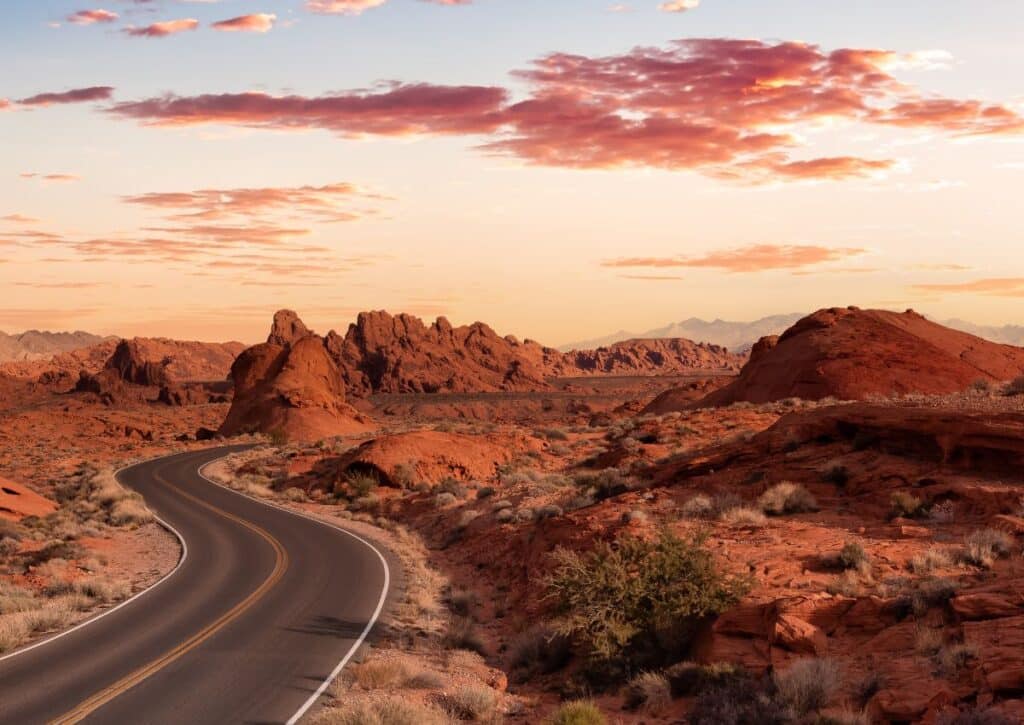
Here’s your treasure map: Merge onto Interstate 15, cruise northbound for about 35 miles, then take a magical turn at exit 75. As you journey down the Valley of Fire Highway, let the crimson landscapes be your guide.
After 14.5 miles, you’ll reach the park’s west entrance, where an adventure pass—aka park entrance fee—awaits you. Pro tip: It’s $10 for Nevada plates and $15 for out-of-state roadsters. Consider snagging an annual pass if you’re a frequent explorer of Nevada’s state parks.
Once you’ve crossed the gate, keep your eyes peeled for a turnoff to the right. That’s your cue! There’s a parking area just a stone’s throw from the main road, perfect for your chariot.
And speaking of chariots, any modern steed will do, but if you’re rolling in after a rainstorm, a noble steed with a bit more grit—like an SUV—might be your best bet.
And voilà! You’ve arrived. Just a few steps further, and the Beehives’ grandeur will unfold before you.
Exploring the Path to the Beehives
Embarking on a journey to the Beehives from the parking area at Valley of Fire State Park is an adventure that’s as rewarding as it is accessible. From the moment you step onto the well-worn dirt path, the desert’s rugged charm envelops you.
The route to the Beehives stretches out for about a half-mile and is a visual feast with the valley’s expanse on one side and the stratified rock layers ascending on the other.
As you traverse this path, the terrain will test your footing with its rocky and uneven nature, so it’s wise to budget about 30 to 45 minutes for the round trip.
The desert flora—featuring low shrubs, resilient cacti, and other hardy plants—offers a study in survival, adapting to the harsh climate where rain is a rare luxury.
Keep an eye out for quick-footed lizards that might zip by, adding a dash of life to the sandy hues.
The path, marked by cairns—small rock piles left by fellow hikers—navigates a gentle incline between two ridges. Within 10 to 15 minutes, the hike presents its reward: the sight of the Beehives’ towering forms rising up like natural monuments.
As the path ascends, its narrowing passage requires your full attention. The final stretch to the Beehives demands careful steps on the gravelly slope.
Here, the conservation of the cryptobiotic soil crust is paramount; this fragile crust is crucial for the desert’s ecological health.
Upon reaching the base of the Beehives, the intricacies of the crossbedding and the undulating lines etched into the rock stand as a testament to the geological forces at play.
Allocate time to immerse yourself in the magnificence of these formations. Remember, the desert is an unforgiving place—staying hydrated is vital, and maintaining awareness of your surroundings can reward you with glimpses of the native wildlife on this moderately challenging desert hike.
Secrets of the Beehives Formation
These geological sculptures, with their distinctive grooves and patterns, are more than just a visual spectacle; they’re a gateway into the ancient world, revealing the region’s dynamic geological past through the phenomenon of sandstone crossbedding.
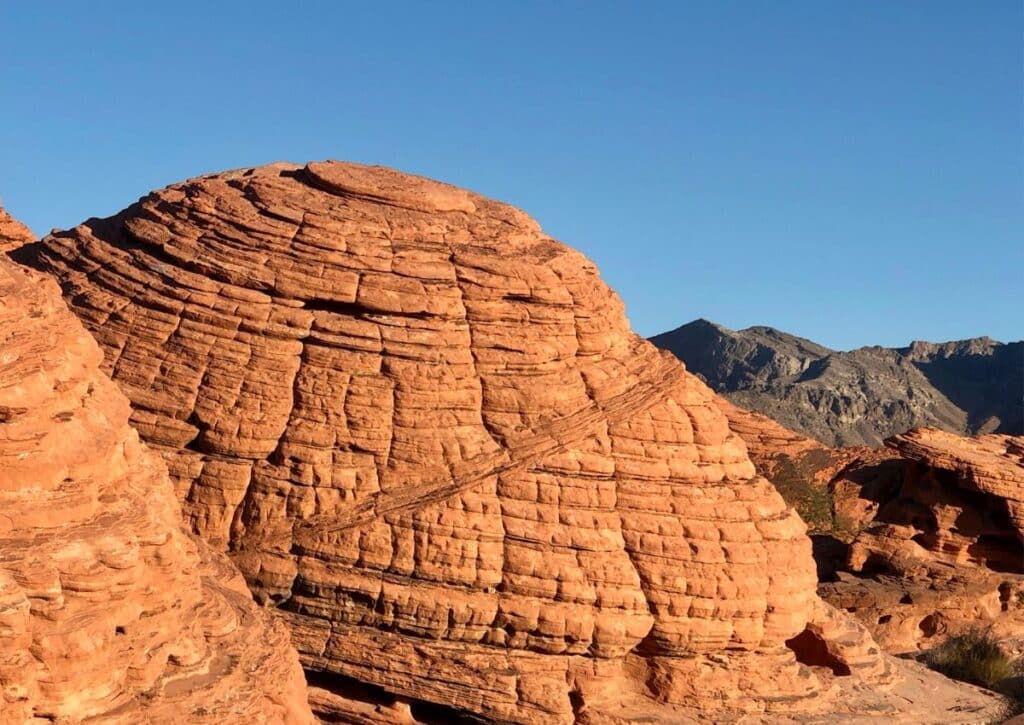
Sandstone Crossbedding: Imagine looking at a giant layered cake, and you’ve got an idea of what crossbedding looks like. The Beehives are like slices of this cake, showing off layers upon layers.
These aren’t just any layers; they were made by winds that turned ancient sand dunes into stone. Think of it as nature’s own 3D printing, but over millions of years!
Groovy Patterns: Those grooved lines you see? They’re ancient wrinkles, telling tales of old winds and waters that danced across the desert. It’s like reading the diary of the Earth, with each line marking a different entry.
And just like a good story, these grooves keep us wondering about the “once upon a time” of this land.
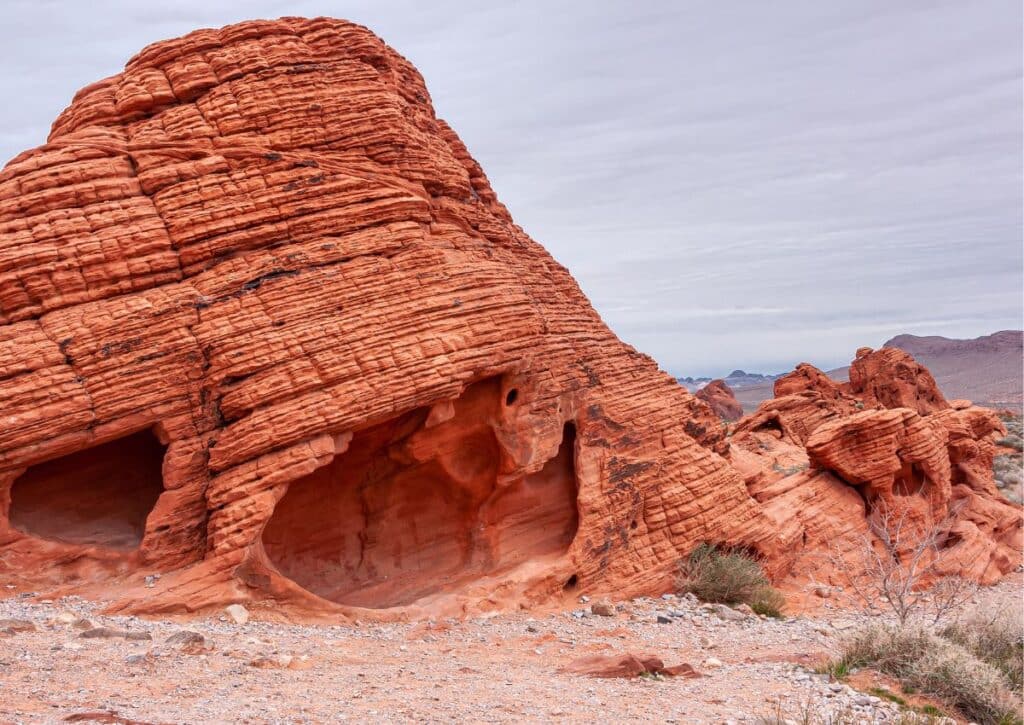
Rockin’ Red: The Beehives aren’t just geologically cool; they’re fashionably colorful, too. The red, yellow, and orange hues come from iron rusting over time—nature’s own paint job.
It’s not just pretty; it tells scientists about the minerals that were in the sand long before dinosaurs were the kings of the Earth.
Valley of Fire’s Rock Party: The Beehives aren’t partying alone; they’re part of the Valley of Fire’s rockin’ landscape. This park is like a rock festival, with red sandstone headlining the show and limestone, shale, and other rocks as the opening acts. It’s a full-on concert of geology!
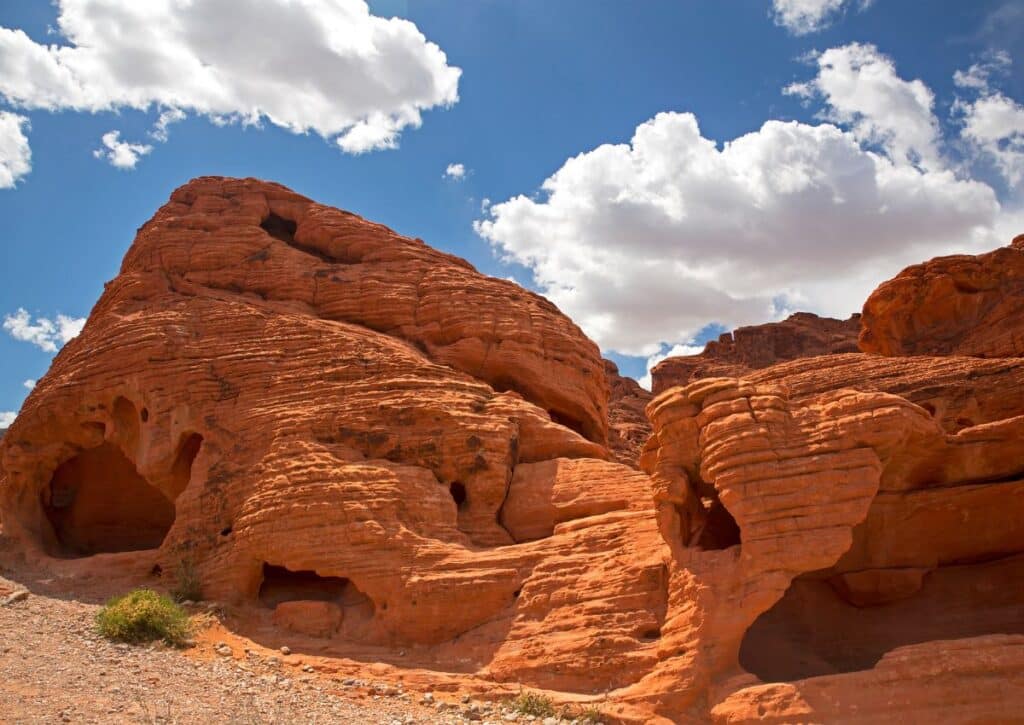
So, there you have it—The Beehives are cool, colorful, and have a story that rocks! When you hike up to them, you’re stepping right into Earth’s ancient history book.
Planning Your Visit
By planning ahead and considering these tips, your trip to the Beehives will be more than just a visit; it’ll be an experience etched in your memory, as enduring as the sandstone formations themselves.
Best Times to Visit:
If you’re eyeing a trip to see the spectacular Beehives at Valley of Fire State Park, timing is everything. The park is open year-round, but to catch the formations at their most stunning, consider the seasons.
Spring (March to May) and fall (September to November) serve up the most comfortable temperatures, perfect for exploring without the extreme heat of the Nevada desert.
Summer can be scorching, with temperatures soaring above 100°F, so if you’re visiting between June and August, aim for early mornings or late afternoons.
As for the time of day, the Beehives bask in a warm glow at sunrise and sunset, with the sun painting the rocks in vibrant reds and oranges. Photographers will find this ‘golden hour’ a dreamy backdrop for epic shots.
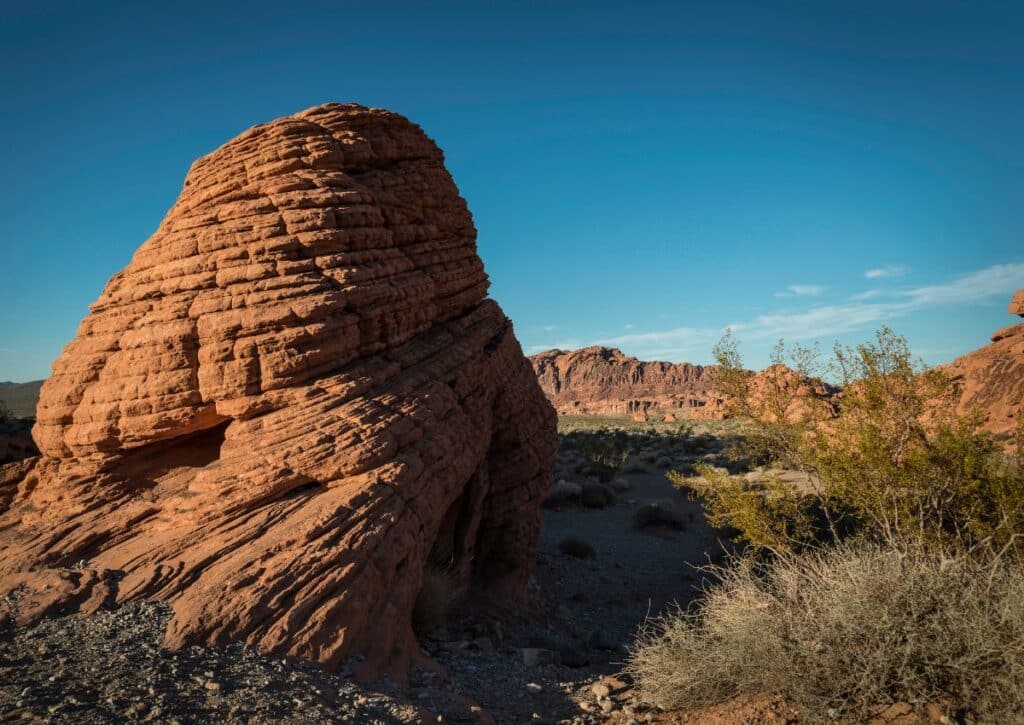
Weather Considerations:
Weather plays a big role in your Beehives adventure. The desert climate means it’s usually dry, but rain can come unexpectedly, and flash floods aren’t unheard of.
Check the forecast and always be prepared to change plans if necessary. Winter months might bring chilly winds and occasionally snow, which can create a magical contrast against the red rocks but might also make hiking tricky.
Dealing with the Desert Heat:
In the scorching summer months, the heat isn’t just uncomfortable; it can be dangerous. Hike early or late, wear a hat, slather on sunscreen, and carry more water than you think you’ll need. Dehydration and heatstroke are real risks, and there’s little shade to escape the sun.
Avoiding the Crowds:
Valley of Fire is a popular spot, and the Beehives can draw quite a crowd, especially during weekends and holidays. If solitude is what you seek, plan a weekday visit. Even better, arrive early. Most crowds start to thicken by mid-morning, so those serene early hours can offer a more personal experience with nature.
Planning Your Arrival:
Getting to the park is straightforward, but don’t rely on cell service for navigation. Download maps ahead of time. Once there, the entrance fee is your golden ticket to all-day access. There are different passes available, including annual options if you fall in love with the place and decide to return (which many do!).
Staying Comfortable and Safe:
Desert conditions can be harsh, so pack essentials like water, snacks, a first-aid kit, and a charged phone. Dress in layers since temperatures can fluctuate. Sturdy shoes are a must to navigate the rocky terrain safely.
Picnic or Camp?
If you’re planning to spend the whole day, there are picnic areas perfect for a midday break. For the full experience, consider staying overnight at one of the campgrounds. There’s nothing quite like a desert sky at night, with stars bright enough to rival the campfire.
Leave No Trace:
Respect the park by following Leave No Trace principles. Stay on marked paths, take all trash with you, and don’t disturb the wildlife or plants. These practices ensure the Beehives and surrounding areas remain pristine for future visitors.
Creating Memories:
Finally, while you’re soaking in the sights and sounds, don’t forget to take mental snapshots too. The Beehives are a natural wonder that photographs can only partly capture. The feel of the sun, the sound of the breeze, the scent of the desert—these are the memories that will stick with you long after your visit.
Photographing the Beehives
The Beehives aren’t just a hiker’s paradise; they’re a photographer’s dream. To get those magazine-worthy shots, patience and a keen eye for composition are your best tools. Use a standard zoom lens, like an 18-55mm, to grab both expansive scenes and intricate details. Shoot from various points to add diversity to your portfolio.
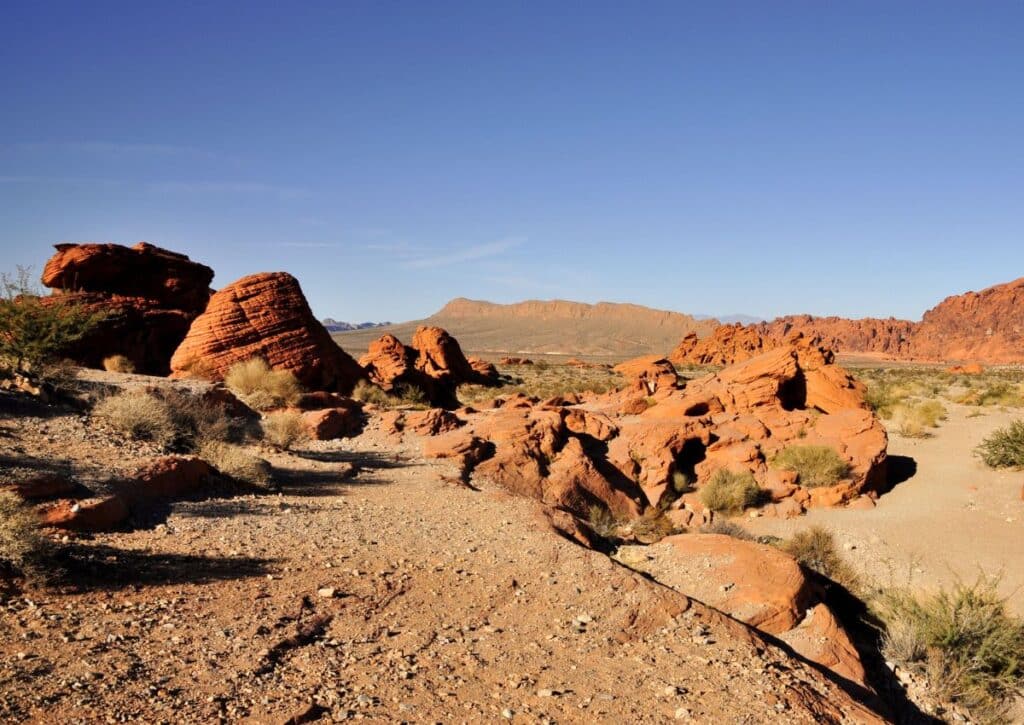
Frame your shots with desert greenery in the foreground to give your images depth. At the base, play with angles: direct shots to highlight the crossbedding and side shots to emphasize the unique shapes. Step back to let the Beehives stand tall against the vast sky.
Lighting can make or break a photo. The low sun of dawn and dusk brings out the textures, while the high sun of noon casts dramatic shadows. Sunset hours bathe the formations in warm light. Get close to capture the finer details—cracks, fossils, and color layers—at a narrow aperture for sharpness throughout.
Seek out higher ground for a fresh perspective, but tread carefully to protect the fragile desert crust. Align the Beehives with distant rock faces for a composition that tells a story of scale and wilderness.
Wildlife around the Beehives
While the Beehives themselves might not be teeming with fauna, the surrounding desert is subtly vibrant with life. Keep an eye out for these locals:
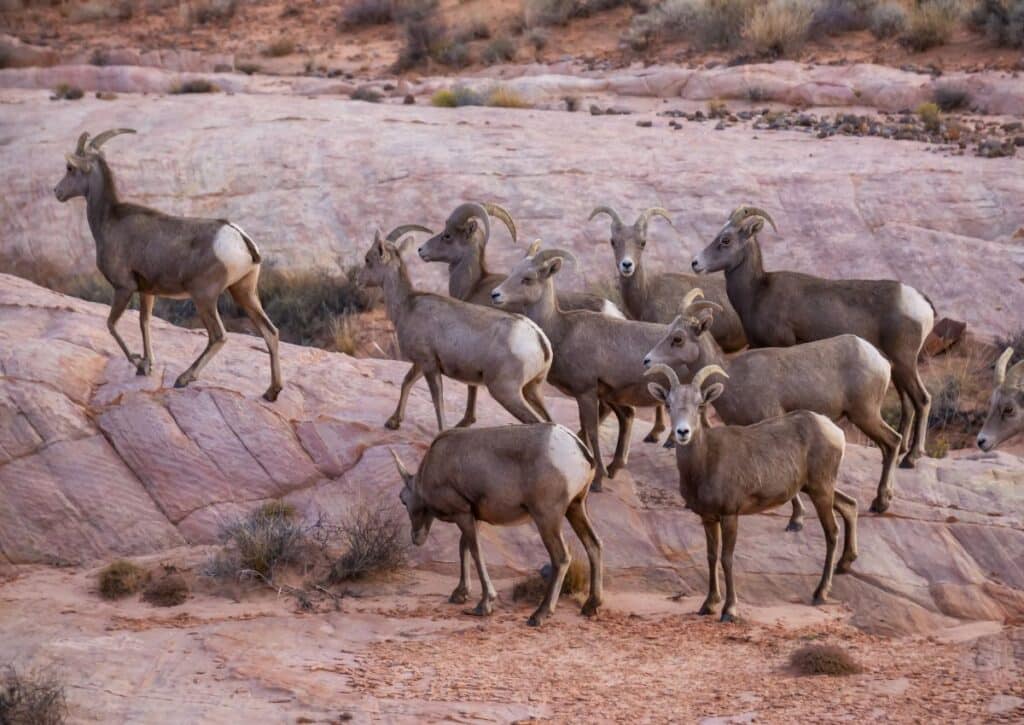
- Desert Bighorn Sheep: Spot them in the cooler hours on the high ledges around the Beehives.
- Kit Fox: These elusive creatures might appear even in daylight, often around wash areas.
- Desert Tortoise: A rare sight, this slow-moving animal could be near the trailhead. Observe without interference.
- Lizards: Common desert denizens, like the western whiptail, bask on sun-warmed stones.
- Birds: The sky may host ravens, hawks, and turkey vultures. Shrubby areas could hide sparrows.
- Rodents: Kangaroo rats and jackrabbits are shy but look for signs of their presence in tracks.
Your best chances to witness these desert dwellers are in the tranquil moments of dawn and dusk. So as you trek and snap photos, keep your senses sharp for a chance to encounter these desert inhabitants.
Also Read: Explore top 9 tours in Valley of Fire State Park with our expert-tested guide to its wonders!
Final Thoughts
Wrapping up our guide to the Beehives at Valley of Fire, remember these formations are more than just a destination; they’re an experience to savor.
Our advice comes from actual visits, tailored to help you make the most of your adventure. Whether you’re photographing, hiking, or wildlife watching, respect this delicate desert marvel.
Follow the trails, pack plenty of water, and tread lightly.

